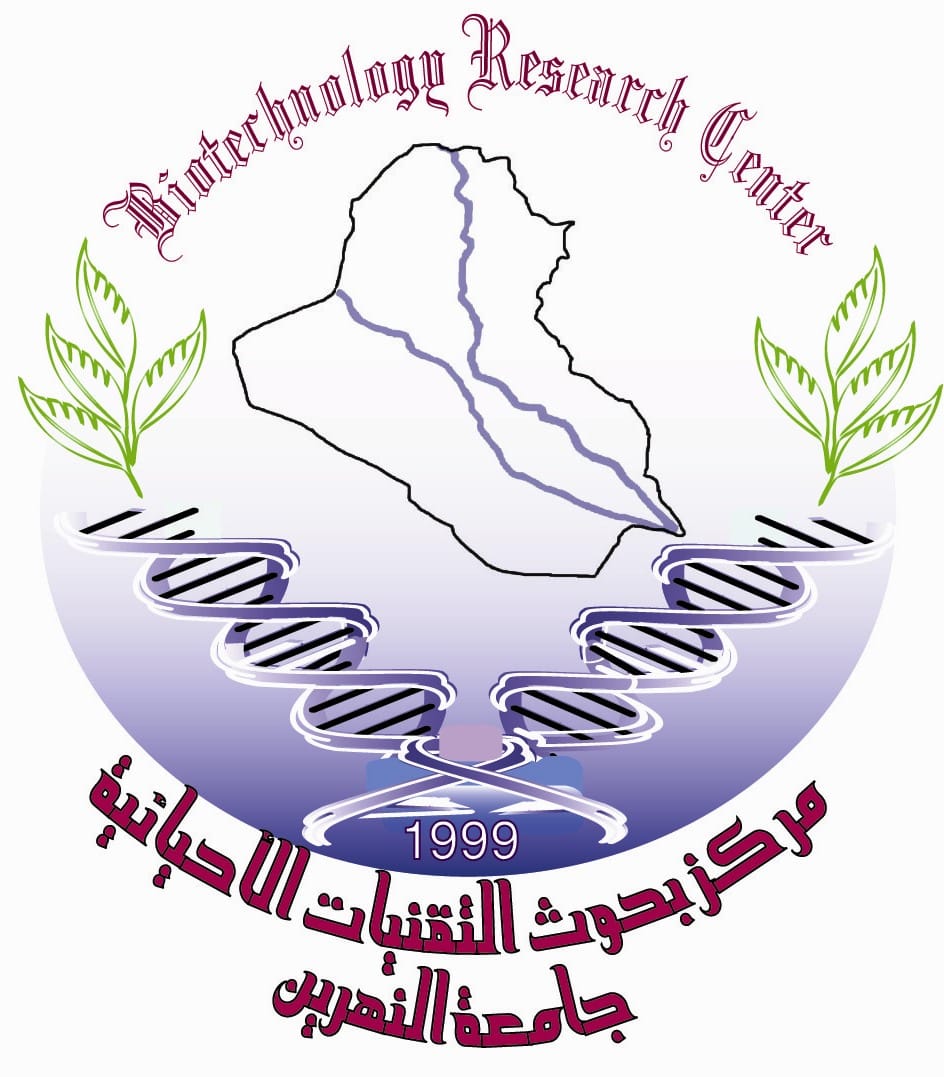Hematological Regulation Using β-aminobutyric Acid In Staphylococcus aureus infected Rats
DOI:
https://doi.org/10.24126/jobrc.2022.16.2.637Keywords:
BABA (Beta –Amino Butyric Acid) / RBC (Red Blood cell) / WBC (White Blood Cell) / Hb (Hemoglobin) / PCV (Packed Cell Volume) / PLT (Platelets) / MCH ( Mean corpuscular Hemoglobin) / (LYM) Lymphocytes / GRA (Granulocyte) / MCV( Mean corpuscular volume)Abstract
Several studies have directed the use of different chemicals as an antibiotics alternative that kills bacteria or may lead to stimulating the body's resistance against infections, such as organic acids that include non-protein amino acids especially β-aminobutyric acid (ΒABA), which has proven in this study its ability to increase the systemic resistance of male rats against Staphylococcus aureus. As well as increasing the numbers of white blood cells and lymphocytes and their positive effect on improving the immune complement system . The aim of study was to know the effect of β-aminobutyric Acid on the response immune system of animals that was infected with s. aureus bacteria
Objectives of the study
Study of hematological parameters of animals treated with BABA, including:
WBC ,RBC , Hb , PCV ,LYM ,GRA
Materials used in this experiment mannitol salt field, as well as blood agar and MacConkey agar were used for the development of Staphylococcus aureus bacteria, as well as amino acid β-aminobutyric Acid with different concentrations
Prepare the first solution of amino acid concentration (20 mg/ml).The other amino acid was prepared at a concentration of (40 mg/ml)Then the required doses for each animal were prepared according to the weight of each animal
Results:
The effect of BABA on the level of (RBC – WBC – PLT –LYM –GRA)
The results showed that there was no effect of the amino acid BABA on the level of (RBC-MCV-PLT) in groups infected with bacteria and treated with BABAThe results showed that there was no effect of the amino acid BABA on the level of (WBC) in the groups infected with bacteria and treated with BABA, while the percentage of (LYM-GRA) increased.
Downloads
Published
How to Cite
Issue
Section
License
Copyright (c) 2022 zainab agab

This work is licensed under a Creative Commons Attribution 4.0 International License.
This is an Open Access article distributed under the terms of the creative commons Attribution (CC BY) 4.0 license which permits unrestricted use, distribution, and reproduction in any medium or format, and to alter, transform, or build upon the material, including for commercial use, providing the original author is credited.











